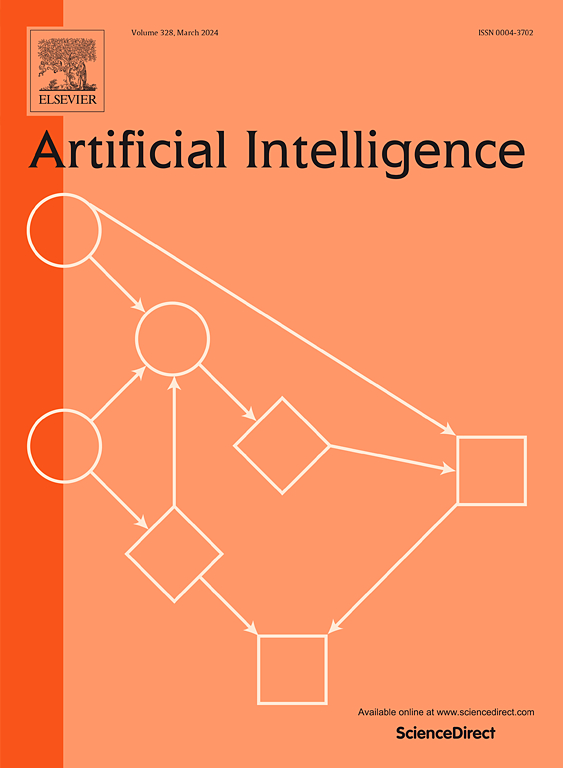MATE: Masked optimal transport with dynamic selection for partial label graph learning
IF 4.6
2区 计算机科学
Q1 COMPUTER SCIENCE, ARTIFICIAL INTELLIGENCE
引用次数: 0
Abstract
This paper investigates the problem of partial label graph learning, in which every graph is associated with a set of candidate labels. Previous methods for weakly supervised graph classification often provide pseudo-labels for graph samples that could be overconfident and biased towards the dominant classes, thus resulting in substantial error accumulation. In this paper, we introduce a new framework named Masked Optimal Transport with Dynamic Selection (MATE) for partial label graph learning, which improves the quality of graph assignments from the perspectives of class balancing and uncertainty mining. In particular, our MATE masks probabilities out of candidate sets and then adopts optimal transport to optimize the assignments without class biases. This design is based on the assumption that the true label distribution is class-balanced or nearly balanced, which is common in various training datasets and real-world scenarios. To further reduce potential noise, we propose a novel scoring metric termed partial energy discrepancy (PED) to evaluate the uncertainty of assignments, and then introduce a dynamic selection strategy that modifies the sample-specific thresholds via momentum updating. Finally, these samples are divided into three levels, i.e., confident, less-confident, and unconfident and each group is trained separately in our collaborative optimization framework. Extensive experiments on various benchmarks demonstrate the superiority of our MATE compared to various state-of-the-art baselines.
部分标签图学习的动态选择掩膜最优传输
本文研究了部分标签图学习问题,其中每个图都与一组候选标签相关联。以前的弱监督图分类方法通常为图样本提供伪标签,这些伪标签可能过于自信,并偏向于优势类,从而导致大量的误差积累。本文从类平衡和不确定性挖掘的角度,提出了一种新的局部标签图学习框架——动态选择掩膜最优传输(mask Optimal Transport with Dynamic Selection, MATE),提高了图分配的质量。特别地,我们的MATE屏蔽了候选集之外的概率,然后采用最优传输来优化没有类偏差的分配。这种设计基于真实标签分布是类平衡或接近平衡的假设,这在各种训练数据集和现实场景中很常见。为了进一步降低潜在的噪声,我们提出了一种新的评分指标,称为部分能量差异(PED)来评估分配的不确定性,然后引入了一种动态选择策略,通过动量更新来修改样本特定阈值。最后,将这些样本分为三个层次,即自信、不自信和不自信,并在我们的协同优化框架中单独训练每一组。在各种基准上进行的大量实验表明,与各种最先进的基线相比,我们的MATE具有优势。
本文章由计算机程序翻译,如有差异,请以英文原文为准。
求助全文
约1分钟内获得全文
求助全文
来源期刊

Artificial Intelligence
工程技术-计算机:人工智能
CiteScore
11.20
自引率
1.40%
发文量
118
审稿时长
8 months
期刊介绍:
The Journal of Artificial Intelligence (AIJ) welcomes papers covering a broad spectrum of AI topics, including cognition, automated reasoning, computer vision, machine learning, and more. Papers should demonstrate advancements in AI and propose innovative approaches to AI problems. Additionally, the journal accepts papers describing AI applications, focusing on how new methods enhance performance rather than reiterating conventional approaches. In addition to regular papers, AIJ also accepts Research Notes, Research Field Reviews, Position Papers, Book Reviews, and summary papers on AI challenges and competitions.
 求助内容:
求助内容: 应助结果提醒方式:
应助结果提醒方式:


